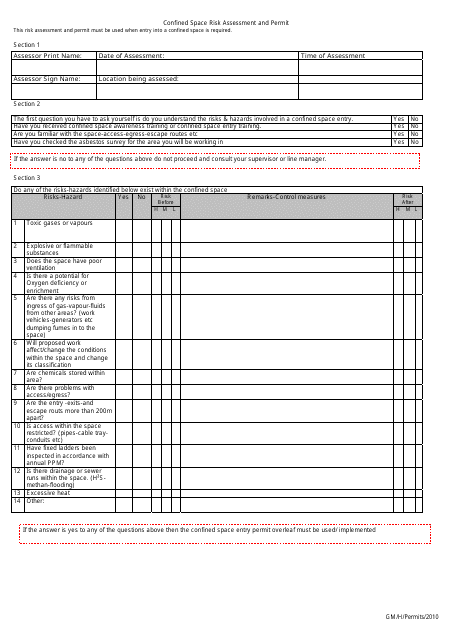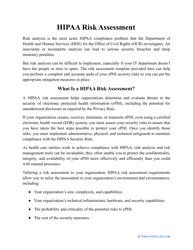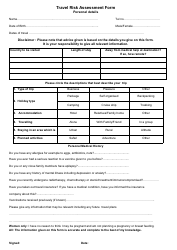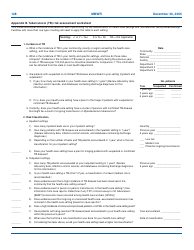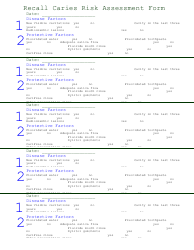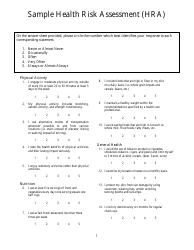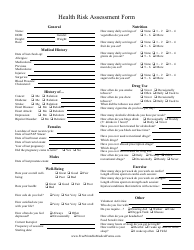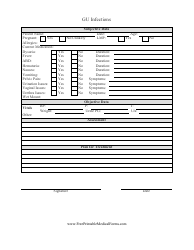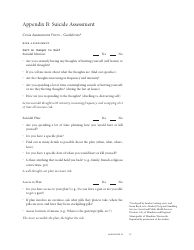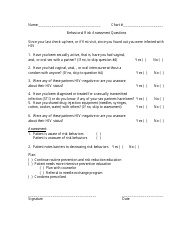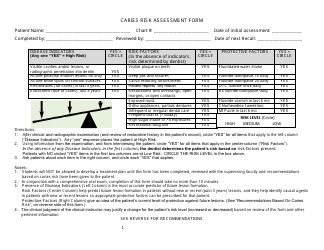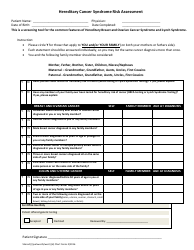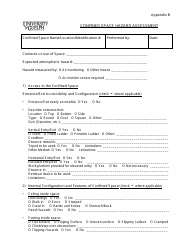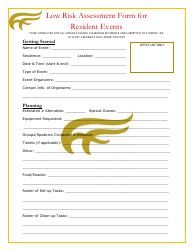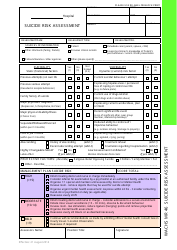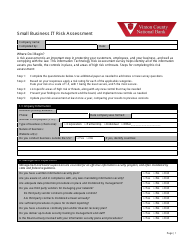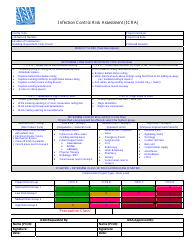Confined Space Risk Assessment and Permit Form
The Confined Space Risk Assessment and Permit Form is used to assess and control the risks associated with working in confined spaces. It helps ensure a safe working environment by identifying potential hazards and implementing necessary precautions and safety measures.
In the United States, the confined space risk assessment and permit form is typically filed by the employer or the responsible person overseeing the work in the confined space area.
FAQ
Q: What is a confined space?
A: A confined space is an enclosed or partially enclosed area with limited means of entry or exit.
Q: Why is a risk assessment needed for confined spaces?
A: A risk assessment helps identify and evaluate potential hazards in confined spaces to prevent accidents and ensure worker safety.
Q: What is a confined space risk assessment?
A: A confined space risk assessment is a process to identify, assess, and control risks associated with working in confined spaces.
Q: What is a confined space permit?
A: A confined space permit is a written authorization that specifies the precautions and procedures to be followed when working in a confined space.
Q: Why is a permit required for working in confined spaces?
A: A permit is required to ensure that proper safety measures are in place before entering a confined space, reducing the risk of accidents and injuries.
Q: What information does a confined space permit form include?
A: A confined space permit form typically includes details about the work to be performed, the hazards present, the required safety measures, and emergency procedures.
Q: Who is responsible for completing a confined space permit form?
A: The employer or the person in charge of the work is responsible for completing the confined space permit form.
Q: What are some examples of confined spaces?
A: Examples of confined spaces include tanks, silos, underground vaults, boilers, and tunnels.
Q: What are some common hazards in confined spaces?
A: Common hazards in confined spaces include poor ventilation, toxic gases, heat stress, limited visibility, and the potential for engulfment or entrapment.
Q: How can the risks in confined spaces be controlled?
A: Risks in confined spaces can be controlled by implementing proper ventilation, providing personal protective equipment, conducting thorough training, and having a rescue plan in place.
